The best art supplies for painting
Save money by buying the best art supplies the first time round.
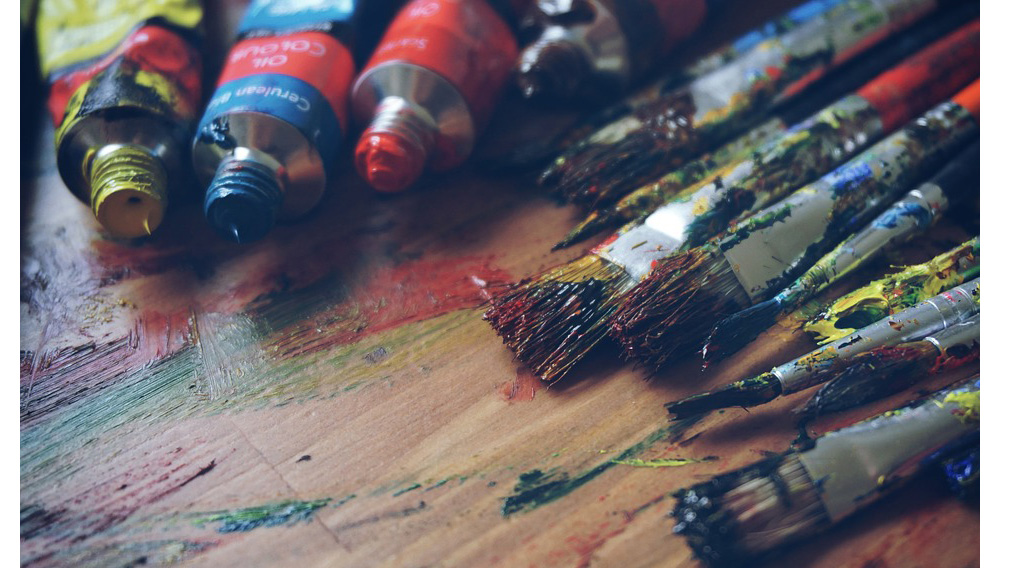
Investing in the best art supplies can help your art to get better and save you money in the long term. Poor-quality kit is likely to perform worse, look worse and not last. Whether it's chalky, lifeless paints or paintbrushes with the wrong textures, you notice the difference in myriad ways.
There's such a wide array of art supplies out there that it can be hard to choose, but our reviewers have tried and tested hundreds of different products by using them in the course of their own practice and work, and we've compiled their recommendations into this list.
Of course, in order to start painting you'll need some paint. We've mentioned oils here but if you want other mediums then explore our best acrylic, best gouche and best watercolour guides as well as the best acrylic paintbrushes. And if you fancy making your own supplies, see our how to make your own watercolours guide.
The best art supplies available now
Why you can trust Creative Bloq
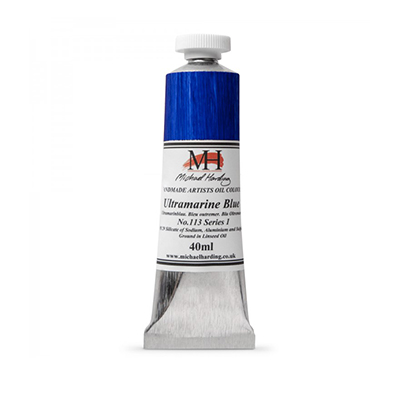
+ Uses best pigments
+ Lovely constancy
- No student range
Top of the best art supplies, Michael Harding's gorgeous oil paints are available in various presentations. The comprehensive range has a high pigment content and less filler for vivid colour and great light resistance. Quality comes at a price, but there's little point in saving with cheap paints that yield poor results when dry.

+ Cost effective
+ Great starter kit
- Limited shapes and sizes
There are so many manufacturers, shapes, handles and sizes, it can be hard to choose your first brushes. A pre-selected set from a well-known name can be a good starting point. The Winsor & Newton Foundation has brushes for oils, watercolours and acrylics in very reasonably priced sets.
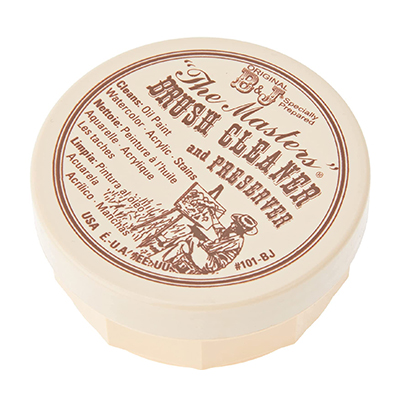
+ Saves brushes
+ Conditions and reshapes
- Not the nicest smell!
We’ve all been there. You return to your work and find a forgotten paintbrush dried and contorted. Fear not. Although expensive, this miracle saviour soon pays for itself. After cleaning brushes in spirit, use Masters Brush Cleaner & Preserver to clear any remaining pigment from the bristles and reshape them into their original form.
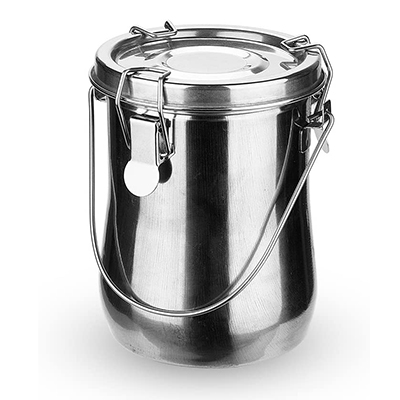
+ Cleans very well
+ Allows recycling of clean spirit
- No lockable seal
The beauty of sturdy metal brush washers like this is the perforated insert that lets you clean the bristles without swilling up the bottom, allowing the pigment to sink and keep the spirit cleaner for longer. The clean spirit can be decanted and any sediment dredged from the bottom and disposed of correctly.
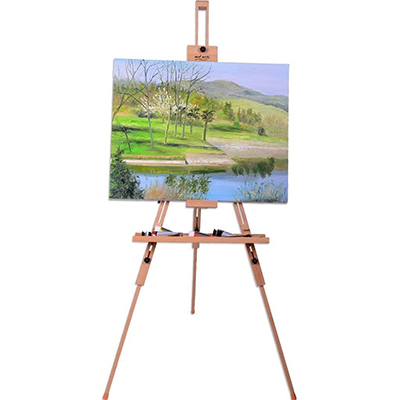
+ Sturdy
+ Highly adjustable
- No wheels
There are many types of easels designed for different uses. This is one of the best A-Frame easels. Handcrafted from seasoned beechwood, it has quality steel fittings and is durable and stable (a must). Holding a canvas up to 31in (79cm) high, the frame is adjustable and paints and brushes can sit on the ledge.

+ Saves time and money
+ Very portable
- Could be bigger
It’s good to spend time analysing colour when mixing, so you don’t want to waste time allowing your mixes to dry out. Airtight palettes from Mijello are cool little paint-savers that allow you to keep mixes workable for weeks, which can be especially handy if you’re fitting painting in around a busy schedule.

+ Adds gloss
+ Extends drying time
- Could do with a better spout
When you’ve invested in top-quality paint, you don’t want to spoil it with inferior mediums. Artist-quality mediums can seem expensive but the difference can be vast. Cold-pressed linseed oil is produced specifically for use with oil paints. You can save a lot of money by buying in bulk volume.
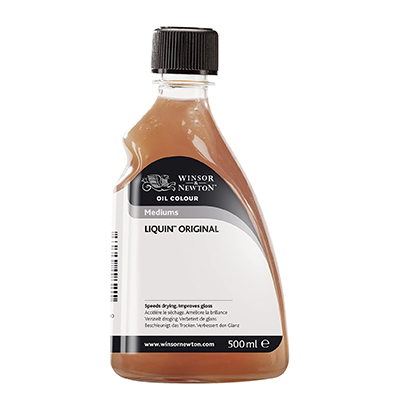
+ Retains body and colour of paint
+ Speeds up drying
- Somewhat smelly
Oil paint's slow drying time can be an advantage but there are instances when you want a layer to dry more quickly. Liquin Original speeds up the process without affecting body or colour. It's also available in a thicker Liquin Impasto for impressionistic styles and Liquin Fine Detail for camera-like techniques.
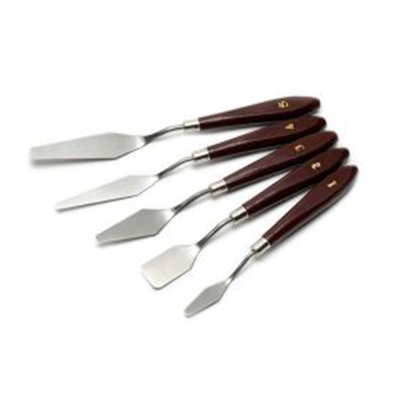
+ Range of shapes
+ Designed to last
- Can scratch glass
Painting with palette knives can create expressive results and they also serve well for mixing. There is a tendency, even with top manufacturers, to weld the blade onto the arm of the knife. This often snaps, so we recommend this superior style where the blade and arm are made from a single piece of metal.
What art supplies do painters need?
The type of art supplies you'll need will largely depend on the medium you're working with. On this list we've mentioned paint, paintbrushes, a brush cleaner and brush pot, as well as a drying medium and an easel. Other supplies we haven't mentioned are more basic supplies like pencils, a sketchbook and tools like the best sharpener and best eraser.
Daily design news, reviews, how-tos and more, as picked by the editors.

Rob Lunn is a self-taught painter, and loves to paint in oils. His influences are Vincent van Gogh, Caravaggio and Ilya Repin. He has taught art workshops since 2012 and gets a real buzz from teaching people to draw and paint. He has contributed to Paint & Draw magazine and bookazines, and has also provided traditional art tutorials for Creative Bloq.
- Rosie HilderDeputy editor
